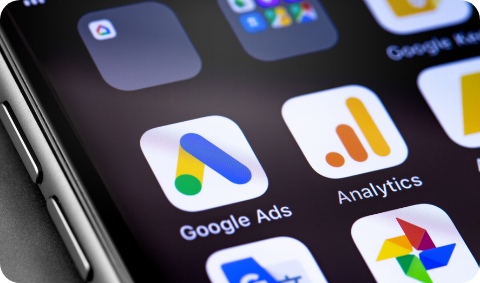Print advertising sales were not as popular as they used to in the past. Now, marketers are pursuing digital ad sales to reach out to wider audiences. It is understandable since price-wise, the digital marketing ads are cheaper than the print ones.
In case you are quite new to this sphere, there are four digital ad models you should now; Cost Per Acquisition (CPA), Cost Per Install (CPI), Cost Per Lead (CPL), and Cost Per Sales (CPS). That being the case, how can you differentiate one from the other? To help you out, we are ready to explain to you about these digital ad models, so keep reading!
-
Cost Per Acquisition (CPA)
Cost per Acquisition or Cost per Action is the type of campaign in which you assign the value to the acquisition of a sale, subscription, lead, or other predefined actions. This campaign is usually used in affiliate marketing, especially in relation to campaigns that are paying for sales.
Furthermore, there are several advantages if you use this campaign, including the very-limited risk you will face than other campaigns. CPA also will keep you tied to the ad sales program longer since you and your affiliates invest a lot of your time and resources.
-
Cost Per Install (CPI)
Cost per Install (CPI) refers to a media program that requires you to pay for every installed app. The majority of app marketing is purchasing CPI as it is way faster to drive more installs. Keep in mind that the quality of installs driven can be varied depending on the CPI media vendor. Some vendors are well-known for their great reputation and tend to work hard in order to find the users that will most likely install an app.
Other vendors offer incentives, such as free tokens, if the users download their apps. Unfortunately, this incentivized install method is not always coming with the best quality, even most of them are low quality. There are also media vendors that do not have a good reputation and tend to drive installs with bots. Thus, make sure you choose your vendor wisely.
-
Cost Per Lead (CPL)
Cost per Lead (CPL) means that the digital marketing advertisers need to pay when a lead form is completed. This method is actually quite common in the B2B industry and applicable for someone who will not make an immediate purchase. Regardless, CPL is very effective to help you close deals with your prospects, but you might find some risk of fraud if bots are automatically programmed to fill in the lead form.
-
Cost Per Sale (CPS)
Cost per Sale is actually similar to Cost per Acquisition or Cost per Order. It means you need to pay an affiliate for every sale that they produce. This method is quite safe and budget-friendly as you do not have to pay for the leads or clicks to your product and only pay for the present value for each sale. What’s more, you do not have to mind converting the clicks into leads then sales. In short, the budget you need to spend on this campaign is only for the volume of sales.
If you are considering implementing digital advertising to your business, then you should consider which models fit the best with your budget and business goals. You would need to consult with a trusted digital marketing agency to come up with the best advice and services.






